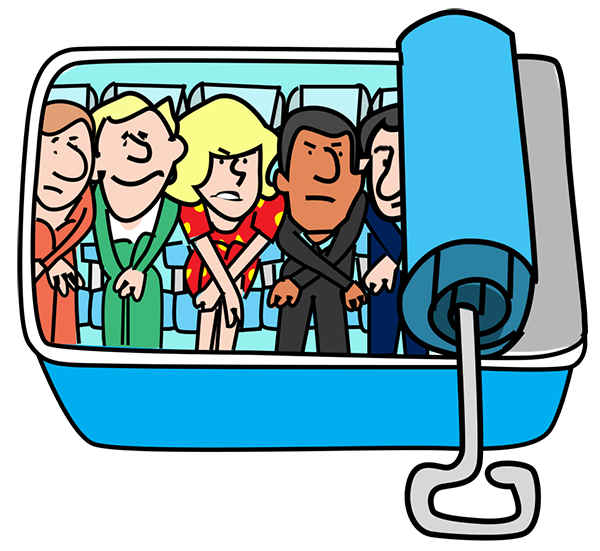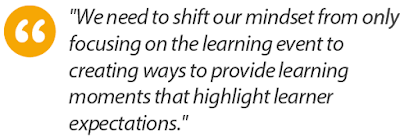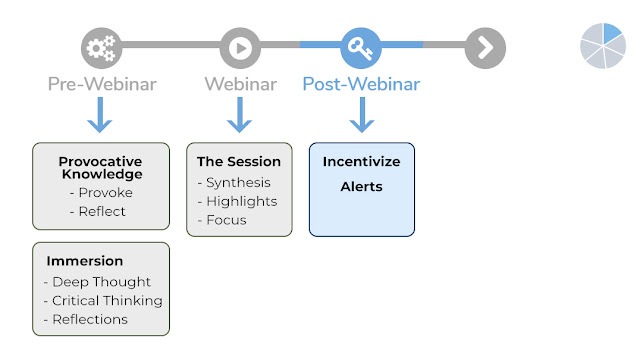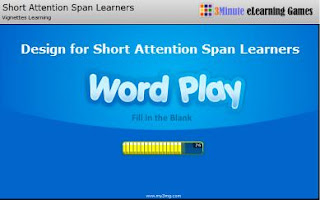Oh boy, oh boy, I must be losing my mind. I have been caught up with a lot of puppets. In fact, I am building my own! So, where is my fascination coming from?
I have been studying puppets and contemplating how they relate to stories and how we are able to use them in our learning designs.
A few days ago, I found this funny series of YouTube videos by Awkward Puppets. Its cast consists mainly of puppets and each video features stereotypical situations and experiences of Diego, a regular American-Mexican guy. In this one particular video, it showed how he was able to earn easy money when he was mistakenly thought to be the guest performer at the Bar Mitzvah. Click here to play video.
So why do I think puppets can be highly effective tools in teaching and training? Let me share with you my insights.
1. Puppets directly represent real people and our stories - the light and the dark ones. They are often used in parody or satire because it feels “safer” to do so. Oftentimes, it is easier and more palatable for people to watch puppets discuss delicate and sensitive issues when wrapped in exaggeratedly humorous skits. The topics that puppets can get away with are those that we usually can’t when we use actual human beings because they may be too controversial or negative for some.
2. Using puppets allows you to organize and manage the learning experience. Planning and implementing a well-thought-out script can help you to have a better control of the session flow. During the planning stage, you get to decide on a theme, what persona to use, your tone of voice, timing and delivery, and other facets of the webinar. It is a medium for enhancement. Employing puppets in your webinars helps learners learn better as it facilitates faster and easier delivery of your messaging.3. What I have learned from building and studying puppetry is that it is a real and elegant form of art. Working with puppets and the process of facilitating learning and training are very similar. They both require methodology, technique, and skills that need to be learned and practiced.
Bringing puppets into play can help boost the entertainment value of your webinars. But personally, it is so much more than that. Puppets enable us to express our human desires, vision and passion, frailties, challenges, and crises that we go through in a safe mode. Therefore, it promotes a more open and free discussion, sharing of insights, and learning. Let us explore how puppets can be our tools in story-based design, virtual training, and in other learning platforms.
Ray Jimenez, PhD
Vignettes Learning
"Helping Learners Learn Their Way"













